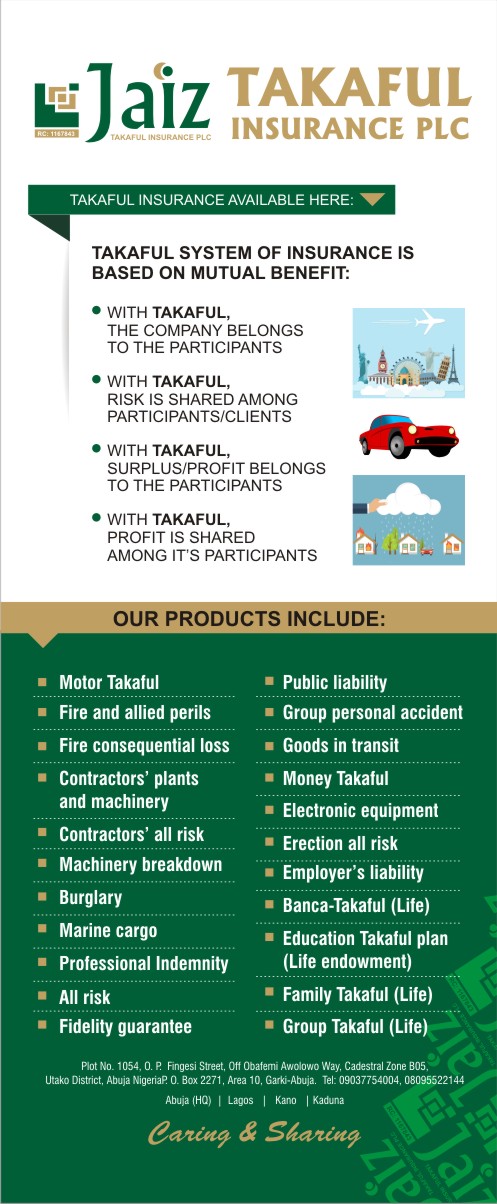
. 42% of Overall Job Loss Could Be Traced Directly To Covid-19
Nigeria COVID-19 National Longitudinal Phone Survey has reported that Nigeria is badly hurt by both the spread of the virus and the decline in oil prices—a sector on which the economy is heavily reliant, adding that, “42% of overall job loss could be traced directly to COVID-19 with a higher percentage of lost employment among the poorest (49%) and urban (48%) households, relative to the wealthiest (39%) and rural households (38%). The commerce, service, and agricultural sectors were hit hardest by the spread of the virus.
Nigeria COVID-19 National Longitudinal Phone Survey has reported that Nigeria is badly hurt by both the spread of the virus and the decline in oil prices—a sector on which the economy is heavily reliant, adding that, “42% of overall job loss could be traced directly to COVID-19 with a higher percentage of lost employment among the poorest (49%) and urban (48%) households, relative to the wealthiest (39%) and rural households (38%). The commerce, service, and agricultural sectors were hit hardest by the spread of the virus. World Bank Report has said.
The Survey report released by The World Bank themed: COVID-19: “Tracking the Socioeconomic Impacts of the Pandemic in Nigeria: Results from the first three rounds of the Nigeria COVID-19 National Longitudinal Phone Survey” stated that and made available to Time Nigeria stated that, “To capture the evolving nature of the pandemic, the COVID-19 NLPS is being implemented monthly over the course of 12 months, with each round measuring the impact of the pandemic on employment and livelihoods, food security and access, and human development.”
According to the report, “The government has thus been laden with the challenging task of managing a health crisis in an already weakened economy. To monitor the socioeconomic impacts of the COVID-19 pandemic in Nigeria, the National Bureau of Statistics (NBS), with support from the World Bank, is conducting the Nigerian COVID-19 National Longitudinal Phone Survey (COVID-19 NLPS).
“The first round was implemented between April 20 and May 11, 2020, the second round was implemented between June 2 and June 16, and the third round was implemented between July 2 and July 16.
It stated that, ”The survey sample of 1,950 households was drawn from the regionally representative General Household Survey (GHS) Panel fielded in 2018 – 2019 Genera Household Survey (GHS) Panel fielded in 2018-2019, and is well distributed across urban (39%) and rural (61%) areas.”
It added that, “Knowledge of preventative measures is almost universal and most respondents report engaging in safe practices. During the baseline round of the survey in April/May 2020, when a federally mandated lockdown was in effect, respondents were largely well-informed about important preventative measures against coronavirus, such as handwashing (97%), avoiding gatherings (90%), and social distancing (89%). By June, certain restrictions in movement had been lifted, but the majority of respondents continued to engage in safe practices to mitigate against infection, with 73% of respondents wearing a mask and 77% of respondents washing their hands all or most of the time after being in public.
“While significant recovery in employment was registered in latest rounds, a high rate of households reported income loss, and many are still moving in and out of work. During the first round of the survey, 42% of overall job loss could be traced directly to COVID-19, with a higher percentage of lost employment among the poorest (49%) and urban (48%) households, relative to the wealthiest (39%) and rural households (38%). The commerce, service, and agricultural sectors were hit hardest by the spread of the virus.”
However, the second and third rounds in June and July showed significant recovery in employment, especially for rural households, as well as those in the agricultural sector.
According to the survey, “As of July, even though the overall share of respondents who are working has recovered, there is some evidence of people moving in and out of work. Only 34% of respondents have been working continuously since mid-March, while 66% have experienced some period of time out of work.”
Economic shocks continue to affect Nigerian households, and the share of households reducing their food consumption as a coping mechanism has increased since April/May. The most widely experienced shocks in the country continue to be increases in the prices of both major food items consumed (affecting 90% of households) and farming/business inputs (affecting 64% of households). Distressingly, the share of households experiencing these two shocks has increased since April/May.
As of July, many households were resorting to coping mechanisms that can have further longer-term negative impacts, such as reducing food consumption (69% of households who experienced shocks) and drawing down their savings (29% of households who experienced shocks).
More children have had contact with teachers, but the share of those engaging in educational activities remained stable, with a higher rate among urban children. In April/May, 38% of households with school-age kids reported that their kids had not engaged in any educational pursuits in the 7 days before the interview took place.
Children in urban households were more likely to engage in educational activities (73% of households with school-aged children) compared to those in rural households (57% of households with school-aged children), though no similar urban-rural gap was found for contact with teachers.







